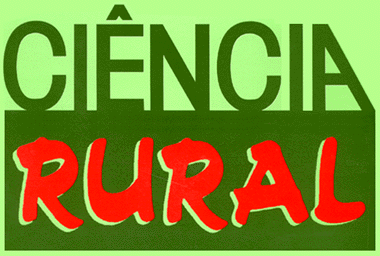This study was carried out to evaluate the effect of the addition of the citrus extracts and ractopamine in finishing pig diets. A Hundred eight pigs were used (54 males and 54 females) in a completely randomized design, blocked by sex and distributed in nine treatments: T1. control (C) (0ppm of the ractopamine e 0ppm of the citrus extracts), T2. C+10RAC (ractopamine, ppm), T3. C+20RAC, T4. C+250EC (citrus extracts, ppm), T5. C+500EC, T6. C+250EC+10RAC, T7. C+250EC+20RAC, T8. C+500EC+10RAC and T9. C+500EC+20RAC. The final body weight (109.9±3.60kg), feed intake (2.6±0.24kg d-1), body weight gain (1.01±0.09kg d-1), feed conversion ratio (2.7±0.25), carcass length (97±2.71cm), depth muscle (56.1±5.63mm), and pH (5.9±0.33) were not affected by treatments. There was a significant effect for the treatment with 20ppm of ractopamine, which was 5.7 higher, in relation to the treatment with 10ppm of ractopamine. The backfat thickness of control group was 35% higher than the ractopamine levels and the interaction was of 10ppm of ractopamine and 500ppm of citrus extracts. The lean meat in the control group was on average, 5.3% lower in relation to the ractopamine levels. Feeding of finishing pigs with diets containing ractopamine, citrus extracts and their interactions didn't affect performance, however affected some carcass characteristics.
ascorbic acid; bioflavonoids; ß-adrenergic agonist; nutrition



